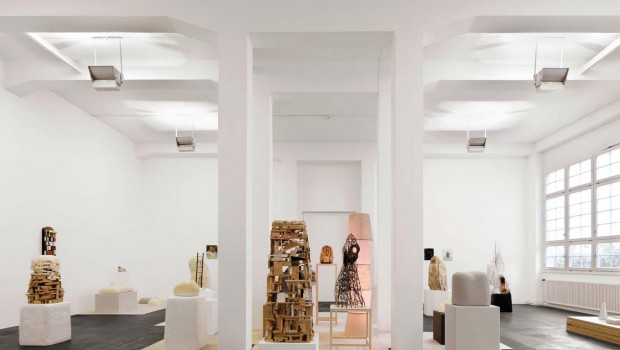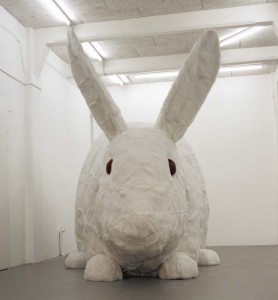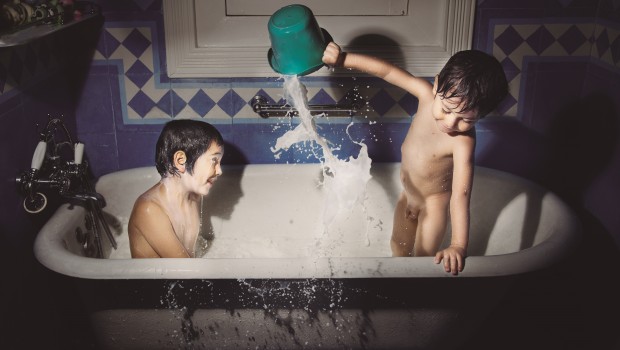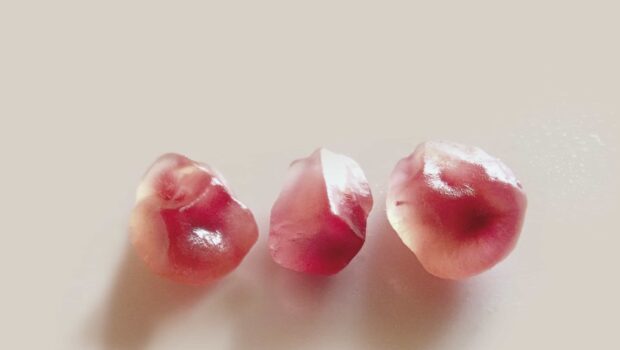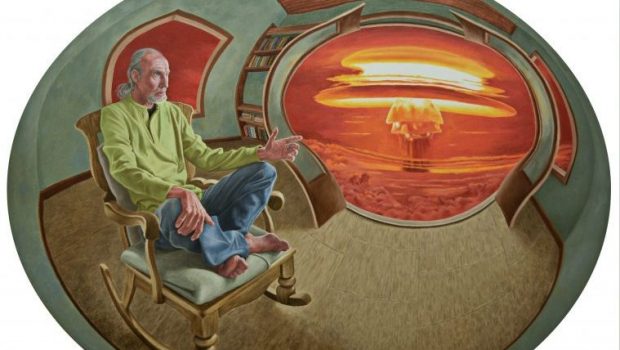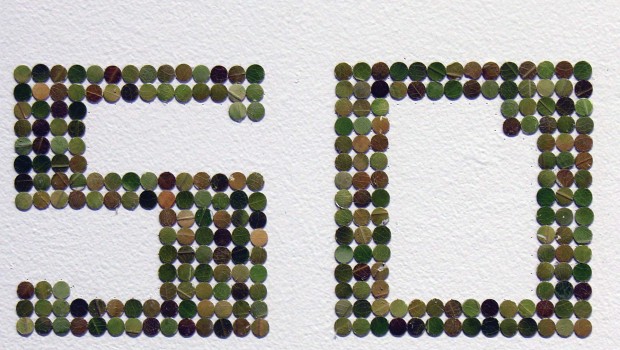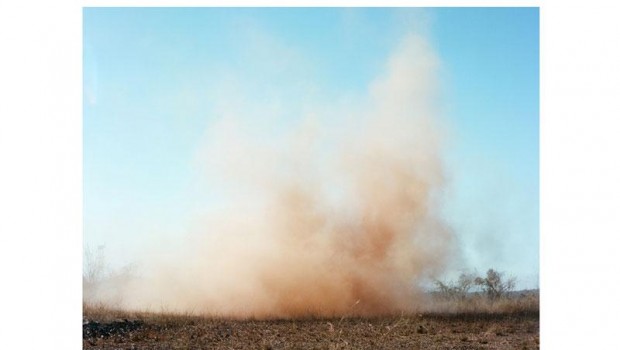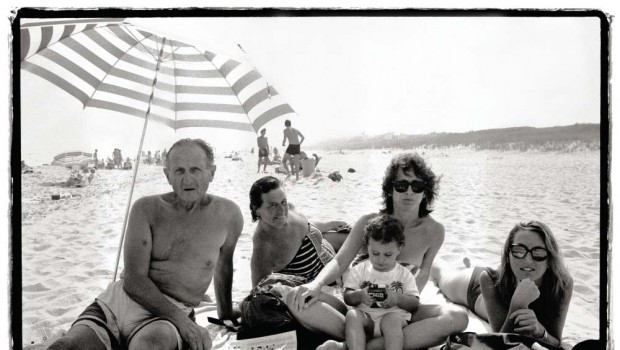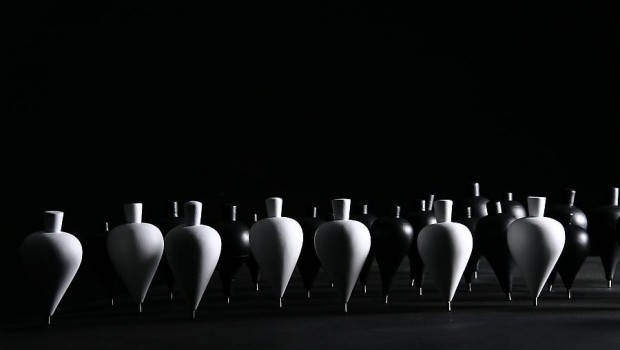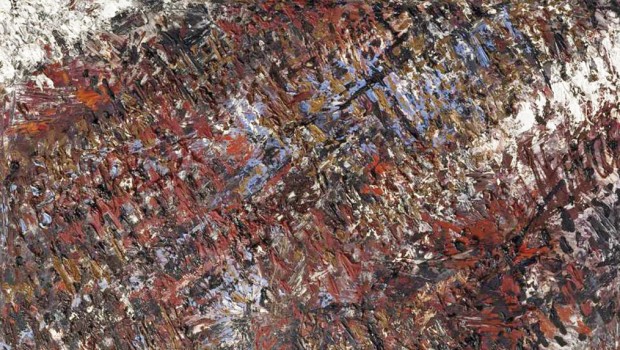Young, Fresh and New Artists from Switzerland
Catherine Cochard
Download Complete PDF / Descargar
The Swiss contemporary art scene looks like the country itself: a forest of emerging artists surrounded by mountain stars, making it hard to perfectly see each of them and even harder to list the best ones. One could talk about the well known Fischli & Weiss, Ugo Rondinone or Urs Fischer, but it wouldn’t be fair to the many galleries dedicated to the quest of the next Pipilotti Rist.
Among all the interesting places and artists, here is a subjective and non exhaustive choice. In Geneva, the main location for contemporary art is called “Quartier des Bains”. Four times a year, galleries and museums open their show at the same time and the streets get packed with students, art friends and collectors. There is SAKS, which opened in late 2008 during what was said to be the worst time to do so. “We registered the name of our gallery the very day Lehman Brothers collapsed”, laugh Sibylle Axarlis and Kristin Stein, partners and owners of SAKS. But in a few months and despite the global slump, the duo has already proved to own a very good taste and vista for local and international creatives. “After all, opening a gallery is always difficult at the beginning. You have to work extra hours and really push yourself. So the economical context was not really adding to the obvious and unavoidable difficulties of starting a new business.” Among the perspicacious choices of Sibylle and Kristin, there are the Swiss Hadrien Dussoix and Christian Gonzenbach. A giant rabbit with red eyes or a standing badger skeleton holding a wooden spear: Gonzenbach projects stroll on the border between normality and strangeness. In September 2010, he will be back in the gallery for a new solo show. On the other side, Dussoix projects are a good reflect of the actual society and how emerging artists are mixing alternative, commercial and high culture: “Nowadays, I am reading André Agassi’s biography and I am longing for the next Lil Wayne album to be released, he says. That’s my inspirations at the moment.” He shows at SAKS this springtime.
A few steps from here, Blancpain Art Contemporain shows artists of the moment, including Geneva based Jérôme Leuba whose work focus on the mediatization of the reality and how anxiety strays from TV set to every day life. He was first noticed with an installation he made from a few backpacks disposed randomly in a public space and on the arrivals of escalators, these incongruous presences arising the fears and suspicions of viewers… Made during a residence in South Africa, his last series–Gold Dog–imitates 9/11 images, inducing a kind of pavlovian reflex to the memory. Not very keen on talk about his practice, Leuba summarizes: “It is all about the concept of reality and what Human makes of it.”
Outside Quartier des Bains, Galerie Bertrand & Gruner also deserves a visit. This exhibition space has chosen on purpose its location outside the famous art district in order to differ. With artists like Sage Vaughn, Gandalf Gavan, Cynthia Westwood or Richard Kern, it sure did manage to differ.
In Lausanne, galerie Lucy Mackintosh is actively presenting junior artists to a ever larger audience. One of them is Claudia Comte whose work goes from painting to sculpture done using a motor-chain saw. The wooden sculpture as shown on the picture is called JB and is inspired by Tex Avery roadrunner, Bip- Bip. “My sculptures are intuitive, she says. We can think of Arp, Brancusi, Stahly or Moore, all artists that I really appreciate, but among my references there are also Tim Burton’s movies–Edward Scissorhands–and Tex Avery cartoons backgrounds or Lavier Walt Disney productions. My personal history and the collective culture are all mixed together in my work.” Presented in a few galleries around the country, Lausanne based Körner Union is a group of three–Sami Benhadj, Guy Meldem, Tarik Hayward– whose work is often referring to Fischli & Weiss, with who they share the same sense of humor and–in a way–the same “Swissness” in practice. “We show great love and respect for Fischli & Weiss artworks but also for the white wine of our region,” they explain. “So when we did this piece- L’Opportuniste–we drank a very good bottle of white wine. Appreciating it and sharing it was also part of the process.” And reminds also a bit of Fluxus approach to art…
Elisabeth Llach is also emerging with her dark paintings. Women aging, modelling, fashion and sarcasms: her work is filled with those questions that shape actual society. “I make series of paintings that are always on process, says Elisabeth Llach. Each artwork relates to the one before and to the one after, like a continuum. On the stage, in the center of the painting here–Öl 16–there is a feminine figure that could come from a musical. Her long arm goes trough a blurred image and reminds a Jeff Wall photograph, picturing a ventriloquist and his puppet at a birthday party. In the dark on the left, there is another feminine fi gure a kind of Twiggy (the sixties model) sculpture. Nothing is really accurate at the end, the painting still remains an abstraction. Nothing is true but what we make about it.”
German speaking part of Switzerland is where the most of the galleries are, with Zurich and the Limmatstrasse as the epicentre of it. There are many spaces dedicated to art shaping together a very dynamic scene made of big, small, international and local names like Hauser & Wirth, Galerie Ziegler, Eva Presenhuber or Mai 36. The Kunsthalle are buildings which concentrate a few spaces on different stages. All of them are independent from each other, but–by sharing the same location–make it really easy to discover newcomers and reknown stars of Contemporary Art. Part of this rich compost, galerie Bob van Orsow–in the Löwenbräureal building–shows great skills for presenting hedgy Swiss artists. Among them there is the Iranian but Zurich–based Shirana Shahbazi whose work–internationally known–is focusing on the complex relationship between photography and painting. Also represented by the gallery, the pair Lutz & Guggisberg–Anders Lutz and Anders Guggisberg– relates to History, Ethnology, Geology, Science, Science Fiction or even Littérature all together. Combinative and protean, their art often seems to be based on luck, but is always frenzy and jubilant. Another of Bob van Orsow artists is the Swiss but Brussel–based, Bernard Voïta, who lately proceeds in his projects with two photographs, one printed on glass and the other on paper. Both layers are superposed and creates a new picture. ”Both photographs mix on the surface, back and forth, continuously. And this oscillation going from one image to the other shapes a new one.”
In the same building, Galerie Peter Kilchmann also has a flair of young talents, exhibiting for example Andro Wekua, a Georgian artist based in Zurich, His work puts together in a suggestive way drawing, painting, sticking and sculpture. In October 2009, magazine Flash Art ranked Andro Wekua as 6th under its “Top 100 Emerging Artists”. On the other side of the Limmatstrasse facing the Löwenbräurela location, there is the Nicola Von Senger Gallery. Artists represented are young and very talented like Saskia Edens who studied art in Geneva. Her works combine video, photography, sculptures and casting. Those last few years, she focuses on performing by taking part in international meetings on this kind of contemporary practice (in Estonia, South Corea, or The United States of America) and by organizing a festival with international artists in Basel, Switzerland.
Not far from the Limmatstrasse and its numerous art spaces, the Galerie Claudia Groefl in is another good stop for contemporary young artists. Two of the gallery’s favorites are Athene Galiciadis and Fabian Chiquet. The first one comes from Zurich and has a very intuitive practice. She merges all kinds of medias from sculpture to painting via photography and uses all kinds of techniques, spontaneously. The result takes various shapes–sculptures made out of earth or wood, ceramics, drawings, oil paintings, textiles– all mixed and combined with a false infantile thoughtlessness. By doing this, Athene Galiciadis confronts the viewer to a crowd of symbols, to a polysemic art that shows the way to a new vision of Femininity, detached from stereotypes and claims. Fabian Chiquet works is all about self-promotion in pop culture. As a member of the non-conformist Swiss pop band “The bianca Story”, he is exposed to this topic himself. The hype surrounding artists like Lady Gaga has greatly influenced his work. This inspiration led him to the creation of the electronic opera “Chris Crocker”: a musical featuring his own band, actors and a choir. Fabian Chiquet has a taste for the predictable aspects of the pop industry, feigned spontaneity and the question of authenticity. “The media is dependent on the rise and fall of artists,” he analyses. “People don’t want the truth, they want stories. We musicians, actors and artists are the ones to deliver them.”
In a conscious pop aesthetic, his drawings interpret subjects in the field of pop, such as the stage, music, performing and self-promotion, capturing the expression of power and fame.
Posted: April 20, 2012 at 7:39 pm


